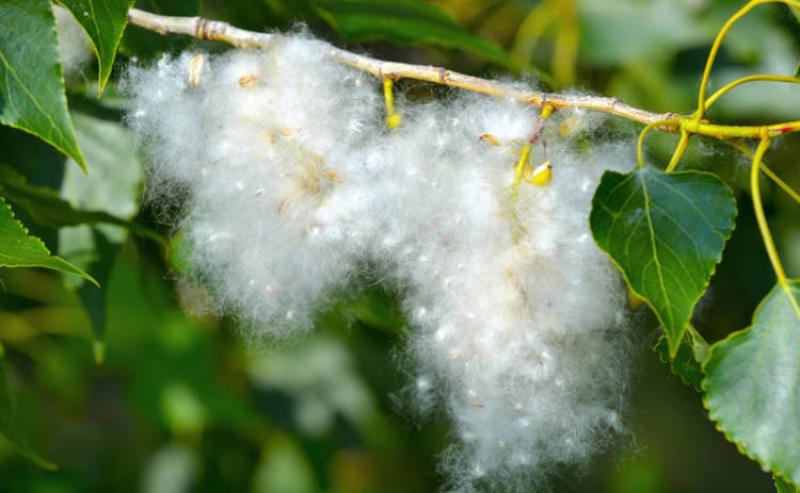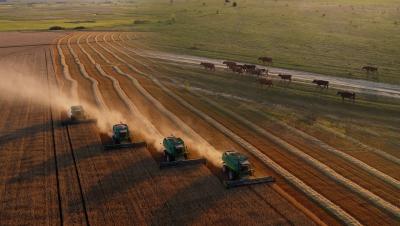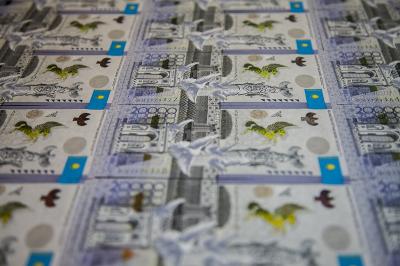
The season of poplar fuzz has come, and most of the people in Kazakhstan again began to complain about this plant. But they do not know about all the positive properties of the poplar. The correspondent of the editorial office of World of NAN will try to explain why the poplar plant should not be cut down.
WHY ARE POPLARS USEFUL?
Poplar appeared in urban areas of Kazakhstan in Soviet times. In the 50-60s, the city greening campaign was organized by the Union. As the basis for landscaping they took poplar, since it quickly grows, is not fastidious to weather conditions and has a lot of useful properties.
It is worth noting that the priority poplar trees were planted in industrial and manufacturing towns, where there is high air pollution. The reason for this is obvious, the trees release several times more oxygen than any other representatives of this species. Experts estimate that the poplar recycles almost 70% of street dust, dirt and smoke. For example, one perennial tree is able to clean the air from forty kilograms of soot and dust. Also, the poplar tree has the property to kill pathogenic microbes.
It turns out that in cleaning the air they is no more useful tree than the poplar. And given the modern realities of the growth of cars and factories, we simply can not live normally in the city without the poplar.
For economic purposes, wood is also widely used, it is used to make artificial silk, paper, furniture and various lumber, and the buds and leaves of the poplar are used to make paint. And this is just a small part of all the useful properties of this wonderful tree.
In spite of all the above, some people in Kazakhstan continue to insist on cutting down the plants. Operating that the poplar fluff causes allergies. But this is not true!
THERE IS NO ALLERGY TO POPLAR DOWN!
Doctors and allergists unanimously declare that there is no allergy to poplar down. The only fault of poplar is that its fluff carries the allergenic pollen of meadow grasses and flowers. But this period takes only 1-2 weeks a year.
In general, poplar is a bipartite plant. That is, it has female representatives, which produce seeds surrounded by fluff, and there are male specimens, in which there is no fluff. However, the males bloom and produce pollen that people can be allergic to. But its flowering falls in the spring, and complaints about poplar are received only in the summer.
Today, modern pharmaceuticals provide hundreds of drugs to combat allergies. Therefore, allergies can not be called a reason for which it is worth destroying these useful trees.
HOW TO FIGHT THE FUZZ?
In Soviet times, it was known about the problems with fluff, so botanists decided to plant only male specimens in cities. However, if the branches of the tree are damaged or cut, the poplar tree tends to change sex. That is, if you remove some branches of the male, it becomes female and starts to produce seeds with down. A hurricane wind or a man can break branches, so to cut down all female species is not an option.
Of course, you can generally exterminate all the trees in the cities. But what can replace the poplar? Pine, spruce, birch or oak? Any of these species produce several times less oxygen. Plus, how long would it take to grow them? It would take years and not necessarily that the trees would take root.
In 2015, Valentina Obodovskaya, a biologist from Kostanay, offered to solve this problem. The scientist said that she has bred a variety of poplar, which retains all the useful properties and does not fluff. By the way, in some cities the new variety has already begun to be planted. However, it should be understood that this is not a quick process.
To fully replace the old poplars will take years. We want to breathe clean air today, so we should not make hasty decisions regarding these useful trees.












































Обсуждение